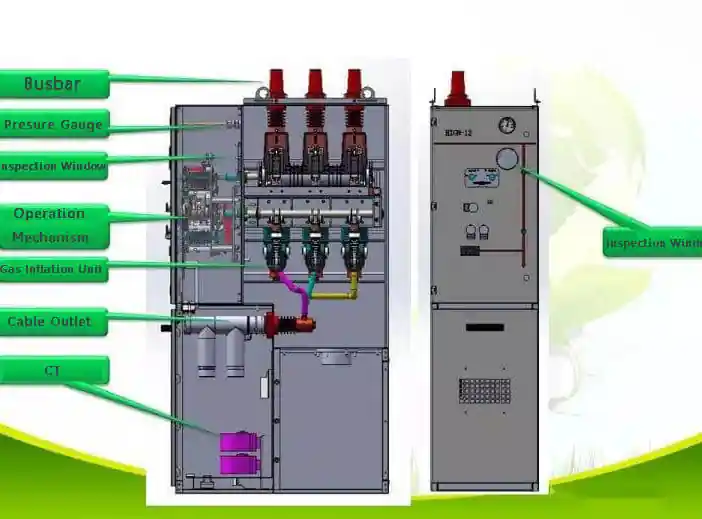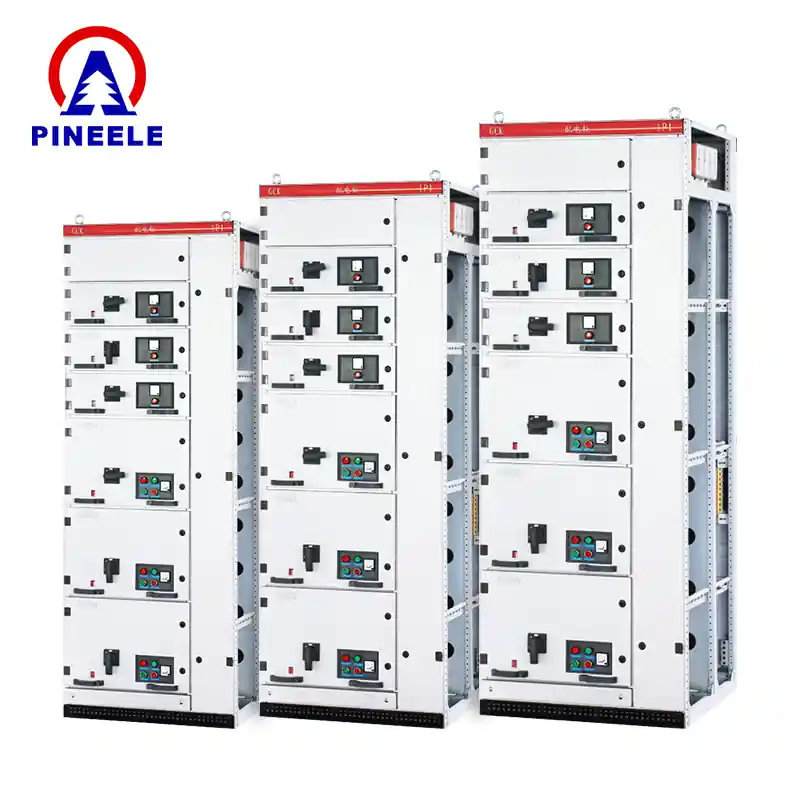
What is a Ring Main Unit Transformer?
A Ring Main Unit Transformer refers to a compact and integrated power distribution solution combining a Ring Main Unit (RMU) with a distribution transformer. RMUs are critical for ensuring looped medium voltage network topologies, providing operational flexibility, redundancy, and reliability. When paired with a transformer, the system offers a space-saving and safe method of stepping down medium voltage (typically 11kV or 33kV) to low voltage levels suitable for end-user consumption.
This configuration is especially prevalent in urban power distribution guide networks, where space, safety, and uninterrupted supply are vital concerns.
Application Areas
Ring Main Unit Transformers are widely deployed in:
- Urban substations
- Shopping centers and business parks
- Industrial zones and factories
- Hospitals and data centers
- Renewable energy integration sites (wind/solar)
Their compact footprint, sealed construction, and load-break switching capabilities make them ideal for confined environments where maintenance access is limited and reliability is paramount.

Why is RMU + Transformer Gaining Popularity?
According to IEEE, the global demand for compact, intelligent power distribution systems has been rising steadily due to urbanization, grid automation, and smart city development. Ring Main Unit transformers align well with these needs by:
- Reducing equipment footprint by combining switching and transformation
- Enhancing grid resilience via ring configurations
- Supporting remote monitoring with embedded IoT sensors
A 2023 Schneider Electric white paper notes that compact substations using RMUs with transformers offer 30–40% space savings and improved safety profiles.
Technical Specifications and Design Features
| Feature | Specification |
|---|---|
| Rated Voltage (Primary) | 11kV / 24kV / 33kV |
| Rated Voltage (Secondary) | 400V / 415V |
| Transformer Type | Dry-type or Oil-immersed |
| RMU Configuration | 2-LBS + 1-CB / 3-LBS, extensible |
| Switchgear Technology | SF₆ insulated / Vacuum interrupter |
| Protection Level | IP54–IP65 (Outdoor Enclosure) |
| Standards | IEC 62271-200, IEC 60076 |
The RMU typically uses SF₆ gas insulation or vacuum circuit breakers for arc-quenching and insulation. Modern units come equipped with SCADA-compatible interfaces for remote control.
How is It Different from Traditional Substations?
| Aspect | RMU + Transformer | Traditional Substation |
|---|---|---|
| Space Consumption | Very compact | Requires large footprint |
| Maintenance | Minimal, sealed units | Requires routine servicing |
| Safety | Fully enclosed, arc-proof designs | May have exposed components |
| Cost | Higher initial, lower lifecycle cost | Lower upfront, higher O&M cost |
| Deployment Speed | Prefabricated, fast installation | Slower civil engineering requirement |
The integrated design is the key differentiator—eliminating the need for separate switchgear, protection, and transformation enclosures.
Selecting the Right RMU Transformer: Buying Tips
When choosing a Ring Main Unit Transformer, consider the following:
- Rated capacity — Match to load demand and future expansion (e.g., 500kVA–2500kVA).
- Insulation type — Use dry-type for indoor/fire-risk areas; oil-immersed for outdoor high-efficiency use.
- Environment — Confirm IP rating based on indoor vs. outdoor.
- Grid compatibility — Ensure compliance with local utility voltage and protection settings.
- Manufacturer support — Opt for vendors offering SCADA integration, warranties, and after-sales support.
According to ABB and IEEMA guidelines, RMU transformers with smart monitoring options will dominate future substations due to the rise in demand for digital-ready infrastructure.

FAQ: Ring Main Unit Transformer
A: It simplifies power distribution design, reduces installation space, and enhances safety by enclosing all live components within tamper-proof enclosures.
A: Yes, most RMU transformers are housed in IP54–IP65 rated enclosures with UV and corrosion protection, making them suitable for outdoor deployment.
A: Minimal. These units are usually sealed for life. Periodic thermographic scanning and partial discharge checks are advised for high-reliability applications.
Conclusion
The Ring Main Unit Transformer is a cornerstone of modern medium voltage distribution—offering a compact, safe, and intelligent solution for today’s power infrastructure. Whether you’re managing an urban power grid or building a resilient industrial substation, RMU transformers bring significant advantages in terms of operational efficiency, safety, and future readiness.
By choosing reputable suppliers and matching specifications to your load profile and grid configuration, you can ensure long-term performance and minimized downtime.
For further reading:
